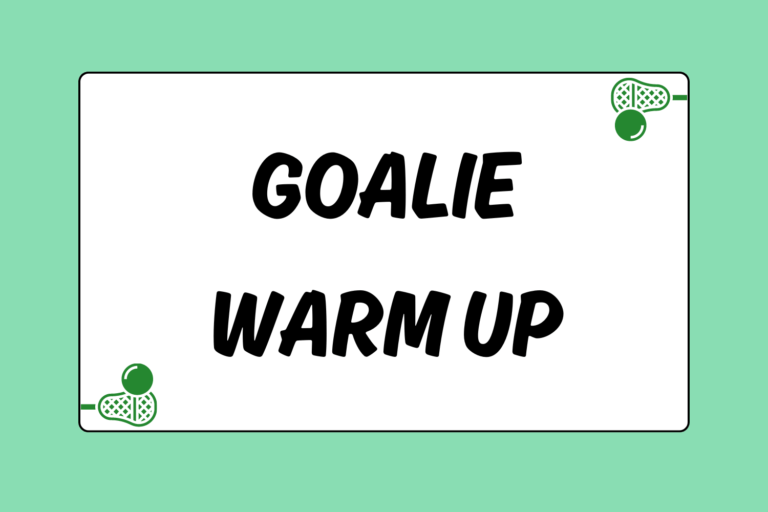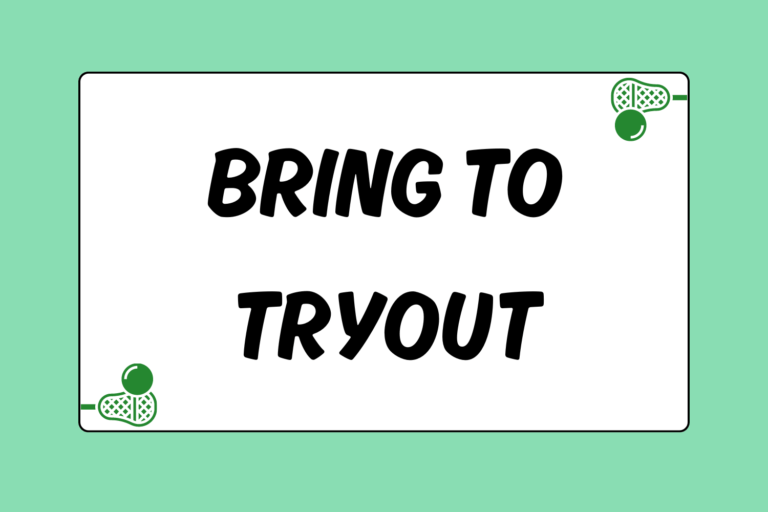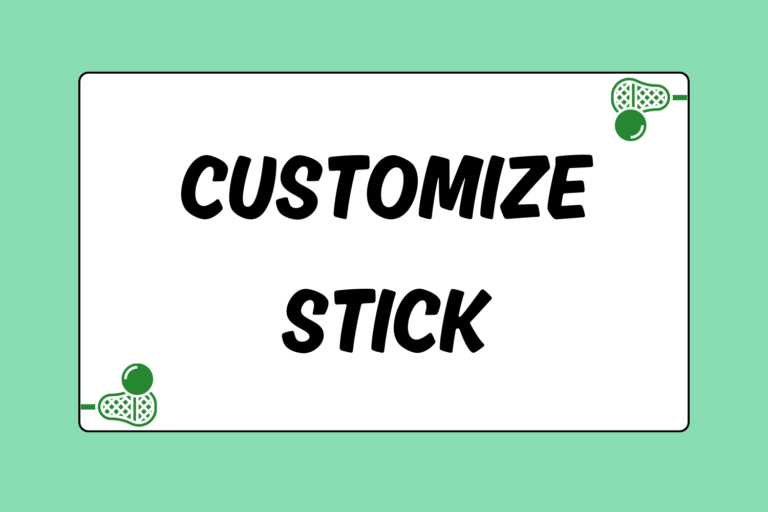You’ll be on cloud nine after you invest some serious cash on a stunning lacrosse stick and string it up so it throws smoothly. However, you don’t want one rainy day or unfortunate broken string to ruin your hard work and render your investment meaningless. Lacrosse players need to have their sticks in perfect working condition at all times if they want to play flawless ball.
There are some simple precautions you can take that will keep your stick in ideal playing condition. Keeping your pocket, head, and shaft in good shape is very important, but there are specific maintenance tips that even the best lacrosse players may not know. This guide explores them all.
Protect your Pocket
The most important part of stick maintenance is keeping your pocket intact and in ideal playing condition. Competing in inclement weather or just general negligence can alter the way your pocket is shaped and, to a greater extent, how it throws and catches. Spend a few minutes every day making sure your pocket is in pristine shape, and look for warning signs of pocket failure.
When a Pocket is Failing
Your pocket is non-functional when the strings that hold the mesh in place on your head become frayed and torn. This sign of wear and tear is one of the most common causes of pocket failure. Even a minor irregularity, such as a loose top string or shooting string, can severely affect the way your stick performs.
Your top string and your sidewall strings need to be strung as tightly as possible. Doing so locks the mesh in place in the head, and allows the mesh to break in and form in the right spots. If you notice a loose sidewall string, undo the knot at the bottom and carefully tighten the string all the way up the sidewall. You shouldn’t be able to fit your finger between the string and the plastic of the head at any spot on the string.
If you notice that either a top string or a sidewall string is fraying or close to breaking, replace it immediately. If you don’t know how to string it yourself, have a teammate fix it over the weekend when you don’t have any games to play. Breaking a string during a game is a player’s worst nightmare. No one likes to play with a backup stick that they aren’t accustomed to. Nip those problems in the bud ASAP, and check your strings constantly.
The tightness of your shooting strings can have a major impact on the performance of your stick. The lower the string is in the pocket, the looser it should be. Conversely, the highest string in the pocket should be the tightest. Check your strings after every practice or game to make sure they are at the adequate tightness.
Hot Tip- Bring the Backup
Face-off specialists should always carry a backup head with them to the game. Since their sticks generally take a bit more abuse than other players, having a backup head around can really pay dividends in a tight spot. Treat your backup with the same care and attention you give to your primary head.
The Weather Report
Intense rain, blazing heat, or extremely dry conditions can quickly alter the mesh in your pocket. Wet conditions cause your pocket to “bag out” (significantly deepen and loosen) to the point of being illegal. Deepening the pocket causes your stick to throw lower and slows down your release. In addition, the pocket can become illegal as the depth increases. Most mesh is designed to stretch to nearly the maximum depth allowed by the United States Lacrosse rule book.
If your pocket is bagged out after a practice or game, take it home, ball up some newspaper, and stick the wad of paper in the pocket. The newspaper should absorb most of the excess moisture in the mesh, and leave you with a normal pocket the next day.
Very hot and dry conditions tend to make your mesh tighten up, causing your pocket to be much more shallow than normal. While this can make your release a bit quicker, it significantly hurts your ability to hold and protect the ball. Keep your pocket as close to the maximum-allowed depth as possible. If you’ve been playing in hot and dry conditions, put some warm water on your mesh and then beat the pocket in a little to give it the depth that the heat took away.
Heal your Head
The shape and structural integrity of your head plays a big part in the performance of your stick. Players that take a lot of draws or throw hard checks will find that their heads can become bent to the point that they’re no longer useful or effective. While some warping or bending is unavoidable, there are some adjustments you can make to minimize the damage to the shape and structure of your head.
Face-off specialists have the highest risk for damaging their head. These players put a lot of pressure and weight on the head, which can make even the strongest heads bend out of shape. While there isn’t much that you can do during a game to alter the shape of the head, precautions can be taken after the game to ensure that damage will be minimized.
In order to maintain your head’s normal shape, wedge a solid object — like a softball — into the head when you aren’t using it. After practice, pack the softball into the throat area of the head. Don’t go too far down the head or you risk causing permanent damage to the structure of the head.
As simple as it may sound, constantly bending the head back in the opposite direction can alleviate some of the problems caused by a warped head.
Secure the Shaft
In relation to other parts of the stick, the shaft needs the least amount of maintenance. This doesn’t mean you should ignore the shaft for the entire season, though! Shafts are prone to breaking, and they can be hard to grip in certain conditions.
The paint and finish on the shaft can make the stick slippery and difficult to grip in wet conditions or pressure situations. Taping the shaft of your stick solves this problem, as it gives you a solid and reliable grip on the stick.
The bottom six inches or so around the butt end of the stick should be taped thoroughly. This area almost always has a gloved hand on it, and you grip this part of the shaft as you dodge, cradle, and shoot. Since tape can wear down rather quickly, don’t be shy about re-taping the shaft once it loses its grip.
Additionally, tape the part of the shaft that you grip with your top hand on a shot attempt. Simply wrap a couple of layers over each other, instead of the diagonal-wrapping technique that you would use on the bottom of the shaft for your grip hand.
Better Safe than Sorry
Never neglect your stick in its times of need! Strings can break quicker than you can rip a high to low shot, and a head can bend out of shape suddenly after a hard check. Spoiling your baby never hurts – treat your stick like it’s your child and it will return the favor. Take good care of your stick and always make sure that everything is in tip-top shape. A sudden stick failure can ruin a game or practice, and no one wants to watch from the sidelines because of a stick malfunction.





